#Albany institute
Text

Pink Silk Carriage Boots, 1890-1895.
By Marshall Field, Inc.
Albany Institute of History & Art.
#Marshall field Inc.#womenswear#carriage boots#boots#1890#1890s#1890s boots#1890s shoes#extant garments#1890s extant garment#pink#fur#silk#19th century#Albany institute
1K notes
·
View notes
Text
Carmen LGP at Albany Institute
1 note
·
View note
Photo
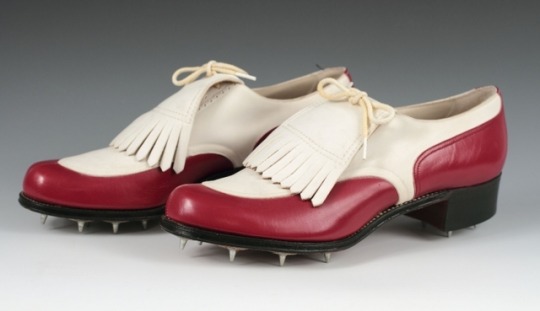
Golf Shoes
Frank Brothers
c.1950
Albany Institute of History & Art
#golf shoes#fashion history#vintage fashion#1950s#sportswear#white#red#accessories#1950#20th century#united states#albany institute of history and art
153 notes
·
View notes
Text

ab. 1873 Grey blue visiting dress by House of Worth (Charles Frederick Worth)
silk faille and silk taffeta trimmed with steel beads
(Albany Institute of History & Art)
1K notes
·
View notes
Text
Doll
Date: Second half nineteenth century
Materials: cotton, coral beads


Albany Institute of History and Art
#doll#dolls#art#fashion doll#fashion dolls#victorian#victorian era#victorian fashion#19th century#fashion history#historical fashion#dress
631 notes
·
View notes
Text

Do you ever see a dress and feel like you can hear it? This one certainly seems like it would make the most delicate shushing sound over the parquet floors. Dating from 1867, this dress has all the volume of the decade but with a lot of the 1870s precursors to come--especially in that bodice and the contrasting lining.
It's made of the most beautiful sky blue satin, and the tulle cascades down the middle of the skirt almost like a waterfall. The museum notes that the tulle was replaced in the 1980s, and that makes sense. I imaging the original might have been pretty yellowed by then.
Personally, my favorite part is the growing size of the stripes down the sides of the skirt over the petticoat. That, and the peep of satin at the hem! So lovely. From the Albany Institute.
#historical costuming#costume history#silk dress#textiles#victorian fashion#history of fashion#fashion history#threadtalk#costume
723 notes
·
View notes
Text

Edward Christopher Williams (11 Feb. 1871 - 24 Dec. 1929) was a pioneering African American librarian, educator, and scholar who played a vital role in shaping library collections at Western Reserve University (WRU) and Howard University. Born in Cleveland to Daniel P. Williams, a prominent African American figure, and Mary Kilkary Williams, a Clevelander of Irish descent, Williams embarked on a remarkable journey of academic and professional achievement.
Graduating from Adelbert College of WRU in 1892, Williams quickly made his mark as he assumed the role of first assistant librarian at the institution. His dedication and expertise saw him ascend to the position of head librarian in 1894 and university librarian in 1898. Eager to deepen his knowledge, Williams pursued further studies in library science at the New York Library School in Albany, completing the rigorous 2-year program in just one year.
Williams's impact on WRU's library was profound; he significantly expanded its collection and elevated its standards, establishing himself as an authority in library organization and bibliography. His advocacy for the establishment of a school of library science at WRU led to its inception in 1904, where he became an esteemed instructor, offering courses in reference work, bibliography, public documents, and book selection.
A founding member of the Ohio Library Association, Williams played a pivotal role in shaping its constitution and direction. However, in 1909, he left Cleveland to assume the role of principal at M St. High School in Washington, D.C. His tenure there was marked by his unwavering commitment to education and leadership.
In 1916, Williams joined Howard University as university librarian, further cementing his legacy in the realm of academia. Not only did he oversee the university's library, but he also directed Howard's library training class, taught German, and later chaired the Department of Romance Languages.
In pursuit of academic excellence, Williams embarked on a sabbatical in 1929 to pursue a Ph.D. at Columbia University. Tragically, his studies were cut short by his untimely passing later that year.
In 1902, Williams married Ethel P. Chesnutt, the daughter of Charles Chesnutt, a renowned author. Their union bore one son, Charles, who would carry on his father's legacy in the years to come.
Read more about Edward Christopher Williams here.
158 notes
·
View notes
Text
His work through EEF was crucial to improving the lives of countless trans people. In addition to funding many of the earliest research projects, his two main contributions were the financial support he gave to the Harry Benjamin Foundation and the first North American gender clinic at Johns Hopkins Hospital in Baltimore, Maryland.
Erickson funded international conferences on trans topics in 1969 (cosponsored by the Albany Trust of London), 1971, and 1973. Later conferences were organized by the Harry Benjamin International Gender Dysphoria Association (HBIGDA) founded in 1979. It changed its name to the World Professional Association for Transgender Health (WPATH) in 2007.
EEF made major contributions to growing public awareness, too, through funding lectures, educational films, newspaper articles, radio, and television programs, and books including Money and Green’s Transsexualism and Sex Reassignment, 1969, and Money and Ehrhardt’s Man, Woman, Boy, Girl, 1972. [...]
After learning about Los Angeles-based gay and lesbian rights group ONE, Inc., which published the highly influential ONE magazine, in 1964, Erickson began giving them money after convincing them to form the nonprofit, tax-exempt Institute for the Study of Human Resources.
With the huge amounts of money he gave them over the years that other gay groups at the time could barely dream of (some $1.5 million in today’s dollars), they published a two-volume Annotated Bibliography of Homosexuality and created a variety of unprecedented gay equality focused research and education programs including lectures, and, ultimately, accreditation in 1981 by the state of California as a graduate degree-granting institution.
1K notes
·
View notes
Text
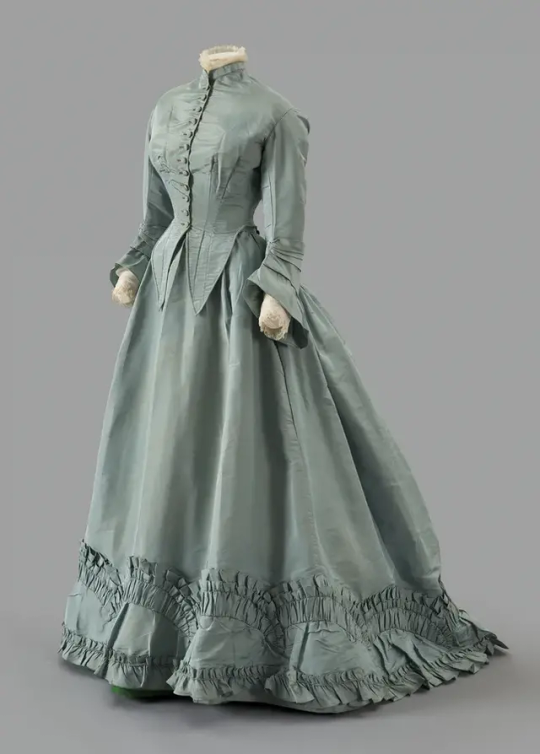

Afternoon dress by House of Worth, 1867. Albany Institute of History & Art.
173 notes
·
View notes
Text
ALBANY, N.Y. (AP) — New York’s minimum-wage workers had more than just the new year to celebrate Monday, with a pay bump kicking in as the clock ticked over to 2024.
In the first of a series of annual increases slated for the Empire State, the minimum wage increased to $16 in New York City and some of its suburbs, up from $15. In the rest of the state, the new minimum wage is $15, up from $14.20.
The state’s minimum wage is expected to increase every year until it reaches $17 in New York City and its suburbs, and $16 in the rest of the state by 2026. Future hikes will be tied to the Consumer Price Index for Urban Wage Earners and Clerical Workers, a measurement of inflation.
New York is one of 22 states getting minimum wage rises in the new year, according to a recent report by the Economic Policy Institute.
78 notes
·
View notes
Text

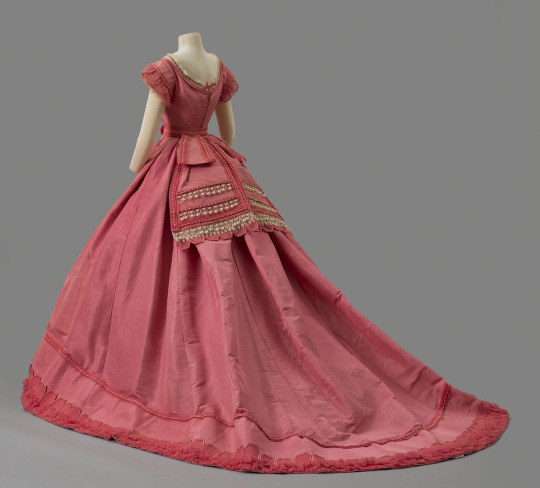
Pink silk ball gown, ca. 1867, French.
By Emile Pingat.
Albany Institute of History & Art.
#womenswear#extant garments#dress#silk#19th century#french#albany institute#1867#1860s#1860s dress#1860s extant garment#1860s France#Emile pingat#pink#ball gown#evening#1860s evening#1860s ball gown
229 notes
·
View notes
Text



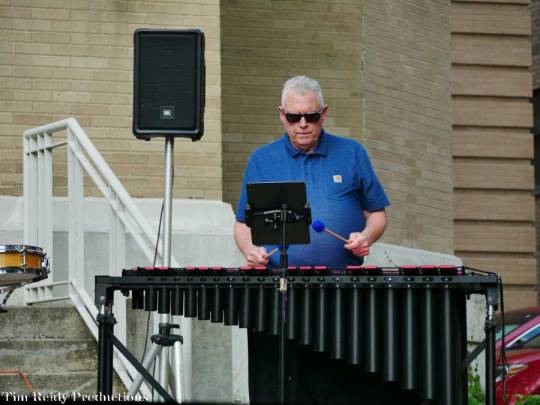




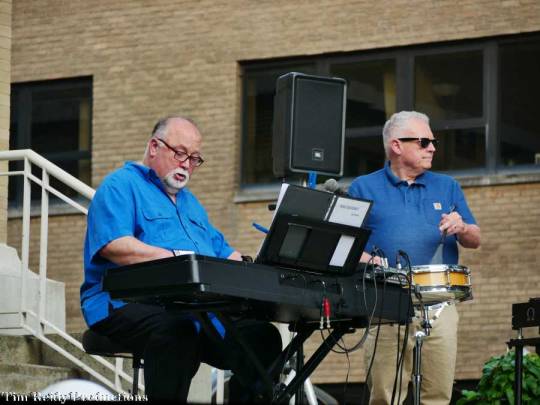


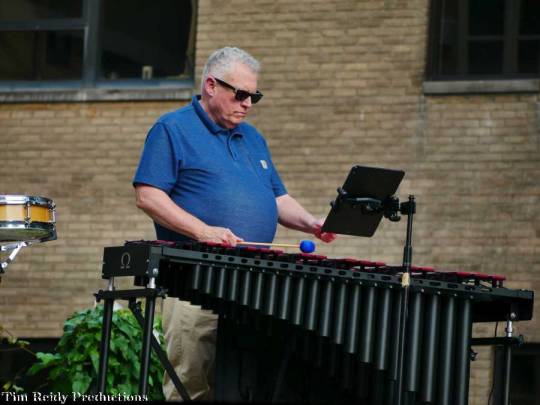





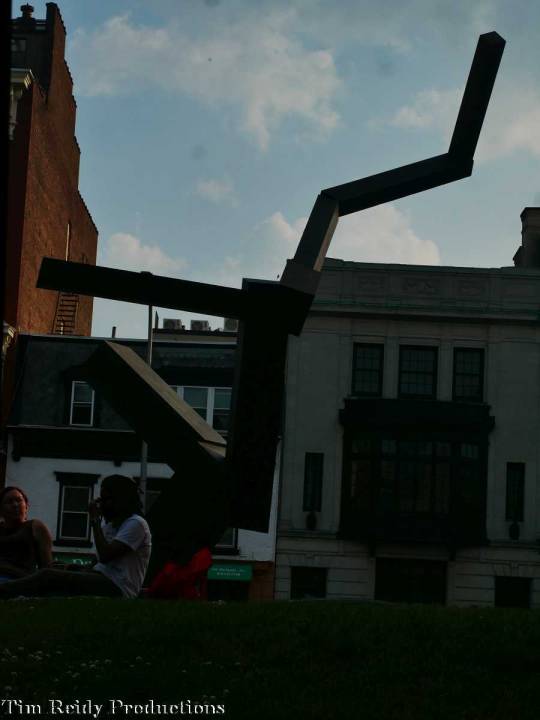


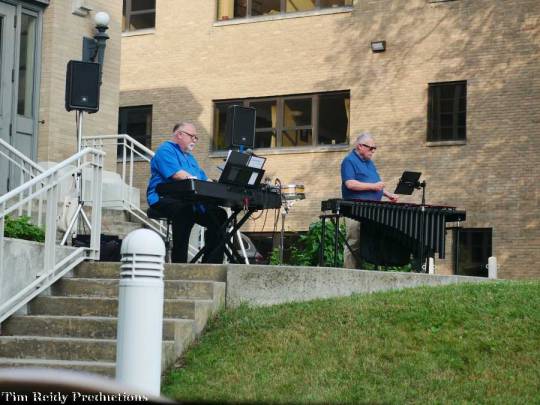
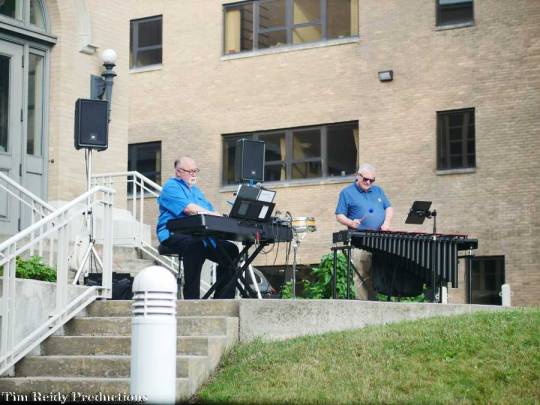




John Leroy Duo at Albany Institute for History and Art June 2023
0 notes
Text
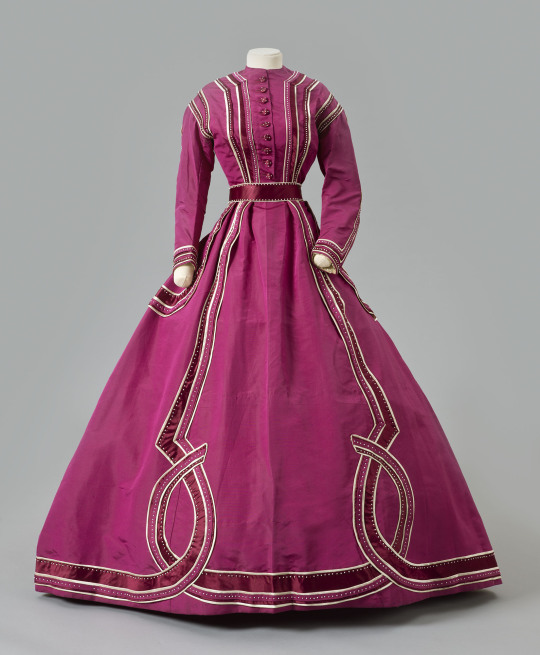

1867 Raspberry dress with white beads by Marie and Josephine Virfolet (New York City)
ribbed silk, silk satin, glass seed beads
(Albany Institute of History & Art)
2K notes
·
View notes
Text

Lavender Winter Carriage Boots
1890-1895
Silk taffeta, rabbit fur, leather, satin
Albany Institute of History and Art
#victorian#victorian era#victorian fashion#19th century#fashion history#historical fashion#boots#shoes
253 notes
·
View notes
Text
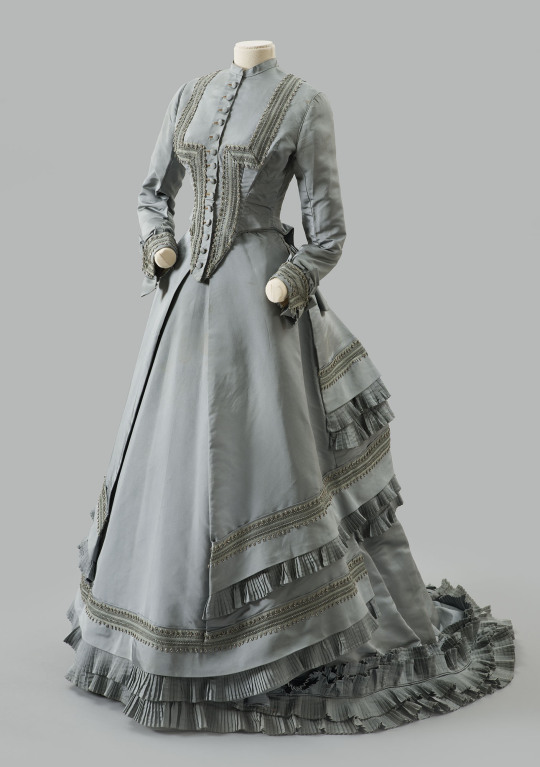
House of Worth gowns have a tendency to be all out in terms of colors and patterns, but I love that this dress plays with the monochrome palette and leaves the details for the tailoring. Dating from 1873, it's got the silhouette of the times you'd expect but with the high-neck conservatism of the next decade. I love the ruffles and diagonal lines along the hem and bustle. According to the description, it's silk faille taffeta and trimmed with steel beads. Just stunning! I love everything about this dress.
From the Albany Institute.
#historical costuming#costume history#silk dress#textiles#victorian fashion#late victorian fashion#fashion history#threadtalk#costume#history of fashion#1870s fashion#early 1870s#extant garments
915 notes
·
View notes
Text

Wadsworth Jarrell | "Revolutionary" (Angela Davis), 1971, acrylic and mixed media on canvas, Brooklyn Museum
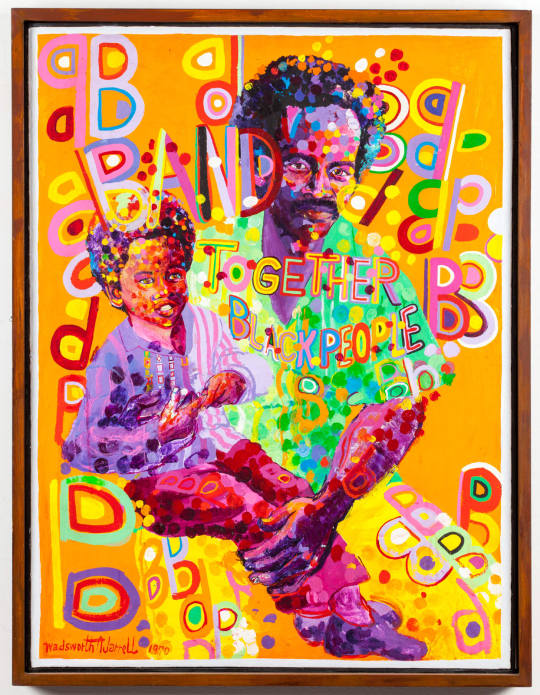
WADSWORTH JARRELL
BOSS COUPLE, 1970
Acrylic on canvas
36 x 27 1/2 in

Wadsworth Aikens Jarrell
American painter, sculptor printmaker and social artist .
Revolutionary social artist Wadsworth A. Jarrell, Sr. was born in Albany, Georgia, in 1929, the youngest of six children. Jarrell credits his father, a furniture maker, and the rest of his family for supporting his childhood interest in art. After high school, Jarrell served in Korea, and then moved to Chicago. In 1954, Jarrell enrolled in the School of the Art Institute of Chicago majoring in advertising art and graphic design. Not long afterward, Jarrell lost interest in commercial art and took more drawing and painting classes.
Jarrell joined the Organization of Black American Culture (OBAC), a group that created Chicago's Wall of Respect mural, a seminal piece in the 1960s urban mural movement. It was there that he met his future wife, Elaine Annette (Jae) Johnson, a clothing designer. With the eventual breakup of the Artists' Workshop of OBAC, Jarrell and fellow artists Jeff Donaldson and Barbara Jones-Hogu, among others, formed a collective called COBRA-Coalition of Black Revolutionary Artists, which later became AFRI-COBRA, the African Commune of Bad Relevant Artists. AFRI-COBRA took as its central tenets black pride, social responsibility and the development of a new diasporic African identity.

In 1971, Jarrell was recruited by fellow AFRI-COBRA founder, Jeff Donaldson to teach at Howard University where he pursued his Master of Fine Arts degree. He continued there until 1977, taking a position at the University of Georgia as Assistant Professor. In 1988, with the interest in his work increasing, Jarrell retired from teaching altogether. Jarrell's work has been shown at numerous places including: the Smithsonian International Gallery, the Museum of Contemporary Art in Chicago and at festivals and exhibitions in Nigeria, Germany, Sweden, France, Haiti and Martinique.

Black Prince, 1993
Artist: Wadsworth Jarrell
Offset Lithograph
22 3/4 x 16 inches
Signed by the artist lower right
47 notes
·
View notes